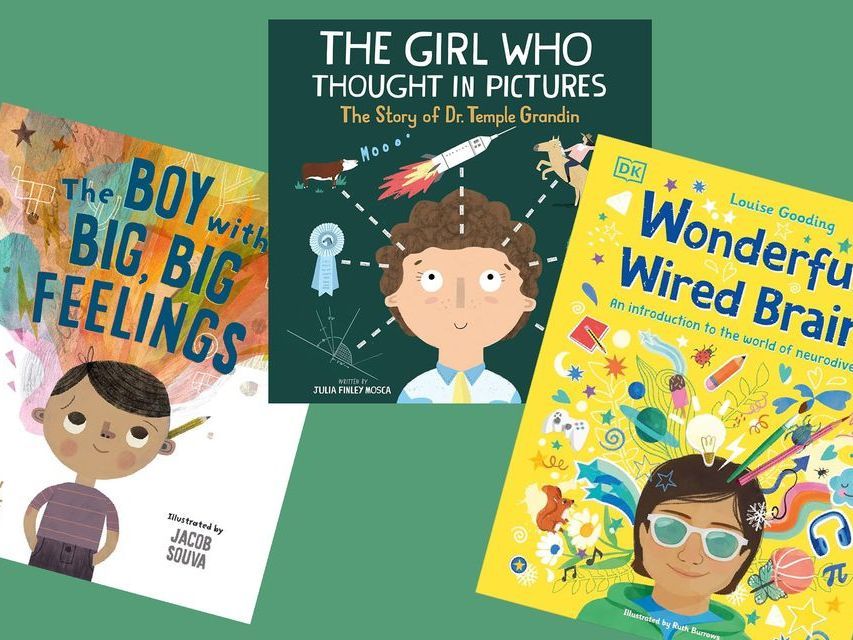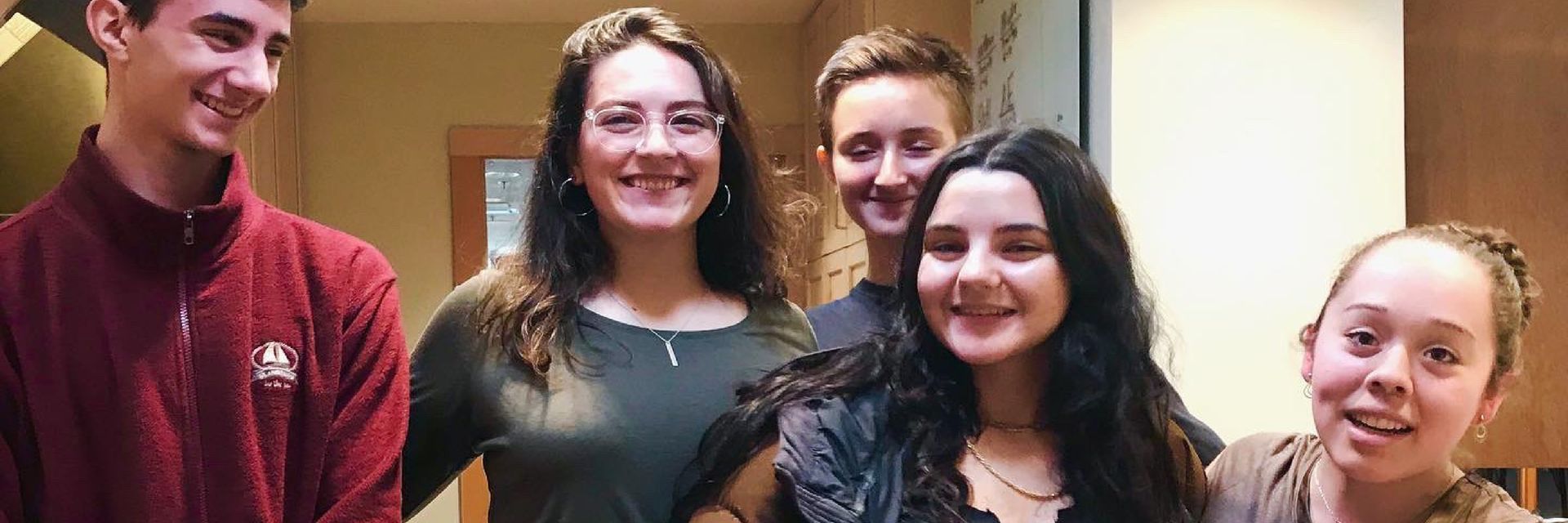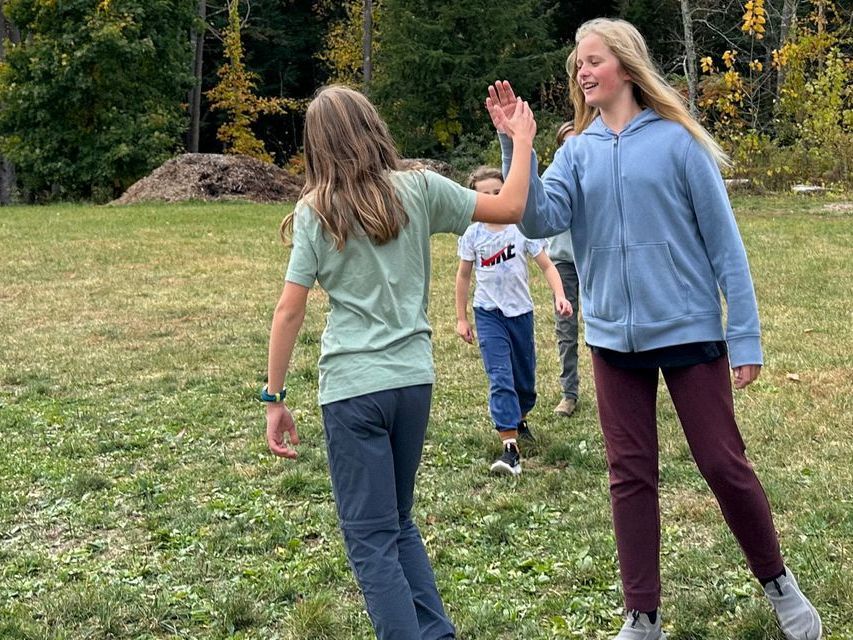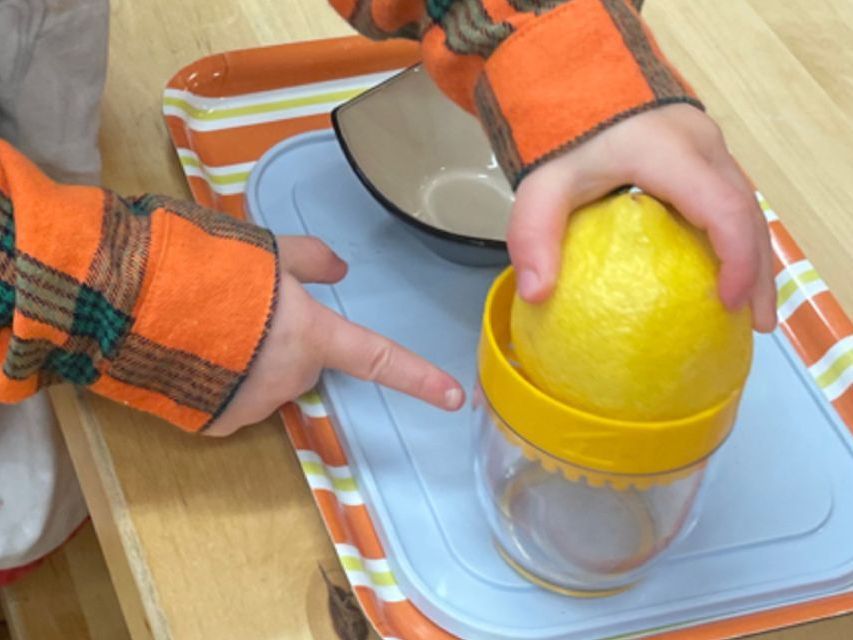Book List: We Could All Use a Little More Poetry

Poetry.
It may not be completely necessary for our survival, but can you imagine a world without it? Poetry helps us express our emotions, illuminate the beauty of the everyday, and document the human condition. It is a splendidly unique form of art, and the world is better for it.
Of course, our children may not be quite ready for Poe or Wordsworth, but it’s never too early for an introduction to poetry. Kids’ poems are often lyrical, silly, and completely appealing. Here is a brief list of some of our favorites, should you want to enjoy them at home!
Jabberwocky by Jennifer Adams (Lewis Carroll)
‘Twas brillig, in the slithy toves… Many of us recall this nonsense poem from Carroll’s classic tale Through the Looking Glass. Adams has taken the best parts (and removed the scariest parts) and reworked the words so that they are absolutely perfect in a board book for infants and toddlers. Bright, whimsical illustrations help make it even more fun!
A Beautiful Day in the Neighborhood: The Poetry of Mister Rogers by Fred Rogers
Fred Rogers was an incredible individual who dedicated his life to bettering the lives of children and their families. Perhaps unsurprisingly, he was a staunch supporter of Montessori education. This lovely collection of his songs warms our hearts and inspires us to celebrate children just as they are.
Chickens Aren’t the Only Ones by Ruth Heller
Heller has a way of making scientific information extra fun and interesting for children, and she does it lyrically through poetry. In this lovely example, she teaches children all about the various egg-laying animals and what makes them special.
Chicken Soup with Rice by Maurice Sendak
An absolute classic, Sendak created one poem for each month of the year. The silly spin is that each one celebrates the narrator’s deep affection for chicken soup with rice. This book is fun to read bit by bit throughout the year, or just to keep on the bookshelf for everyday reading.
Whiskers & Rhymes by Arnold Lobel
Does your child love cats? Lobel is perhaps most famous for his Frog and Toad books, along with Mouse Soup, but Whiskers & Rhymes is just as good. Children and their adults will adore the ridiculously fabulous cats dressed in 1800s formalwear, as well as their seriously silly poems that deal with a range of emotions and topics.
Everybody Needs a Rock by Byrd Baylor
What young child doesn’t occasionally come home with pockets full of stones? There is something so alluring about beautiful rocks, and our children have the sense to stop and appreciate them. Baylor’s poetry is always stunning, and this particular book celebrates the finding of a person’s perfect rock. The narrator shares specific rules for finding just the right one.
Stopping by Woods on a Snowy Evening by Robert Frost
Gorgeously illustrated, this peaceful, timeless poem by Frost is perfect for families, especially this time of year. There is something truly magical about stepping out into nature when there is a chill in the air. Frost leads us to recall the importance of noticing and appreciating, all the while looking forward to getting back to the cozy indoors with the ones we love.
mammalabilia by Douglas Florian
Florian has a fantastic way of blending unique art, scientific facts, and poetry into verses that really draw children in. Each page highlights a poem that celebrates a particular mammal, from well-known elephants and bears, to more curious creatures such as the ibex and the tapir. Florian also employs occasional examples of concrete poetry, a form in which the words take shape and help to literally illustrate their meaning.
A Humble Life: Plain Poems by Linda Oatman High
Plain people, or various groups of Mennonites and Amish, are highly religious people who intentionally live apart from the larger society. Their lives focus on their faith, but also on living with the land and following the seasons. This book of poems follows such people and their lives throughout the course of a year.
Poetry for Young People: Langston Hughes edited by David Roessell and Arnold Rampersad
This book is one in a series that makes classic poetry more accessible to young people. Poems are carefully selected to appeal to children, and illustrated beautifully to enhance their appeal. Hughes’ powerful verses serve as a reflection of the African American experience and are important for all people to hear.
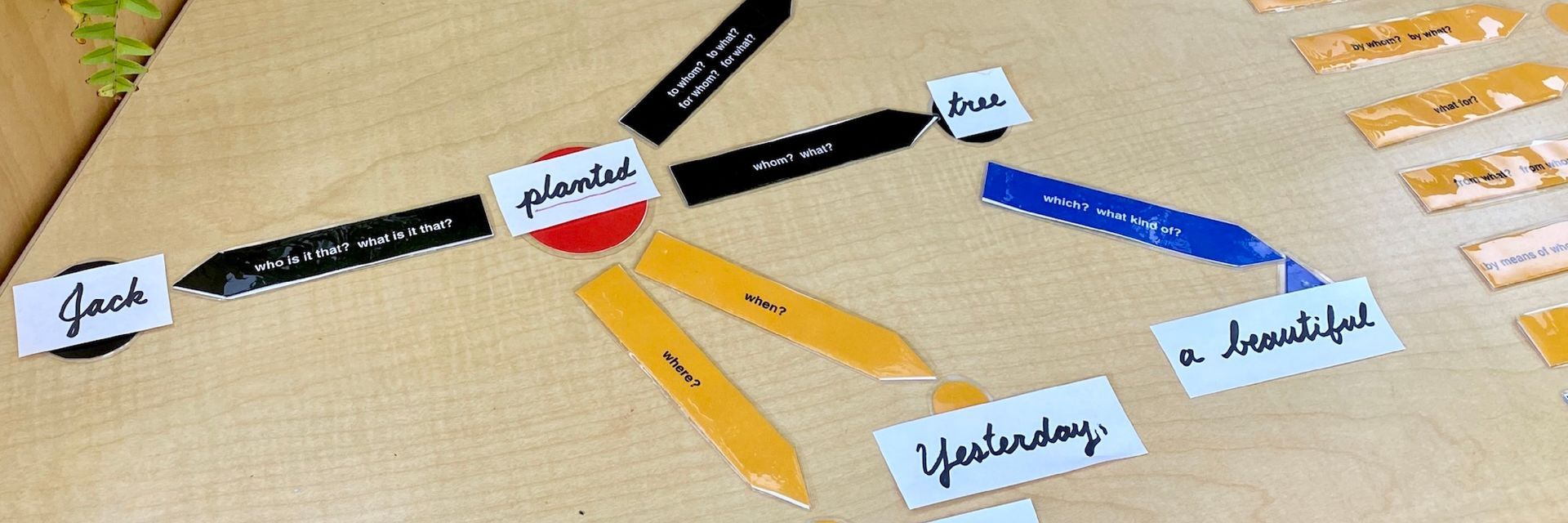
Contact Us
© 2024 The Montessori School of the Berkshires
PO Box 422, 21 Patterson Road, Lenox Dale, MA 01242




